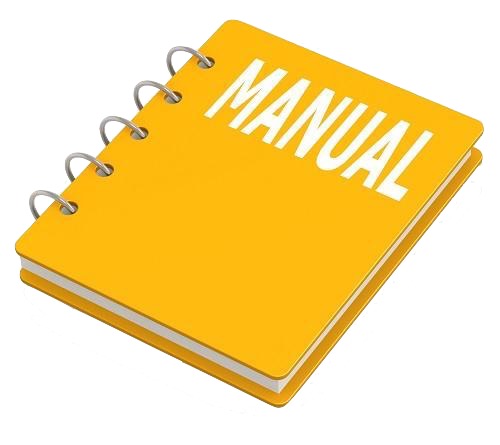INSTANT DOWNLOAD (add to cart)
Toyota Highlander 2001-2016 Workshop Repair & Service Manual
Complete digital official shop manual contains service, maintenance, and troubleshooting information for the Toyota Highlander 2001-2016. Diagnostic and repair procedures are covered in great detail to repair, maintain, rebuild, refurbish or restore your vehicle like a professional mechanic in local service/repair workshop. This cost-effective quality manual is 100% complete and intact as should be without any missing pages. It is the same factory shop manual used by dealers that guaranteed to be fully functional to save your precious time.
This manual for Toyota Highlander 2001-2016 is divided into different sections. Each section covers a specific component or system and, in addition to the standard service procedures, includes disassembling, inspecting, and assembling instructions. A table of contents is placed at the beginning of each section. Pages are easily found by category, and each page is expandable for great detail. It is in the cross-platform PDF document format so that it works like a charm on all kinds of devices. You do not need to be skilled with a computer to use the manual.
EXCERPT:
INTAKE – INTAKE AIR CONTROL SYSTEM (3MZ-FE)
INSPECTION
1. INSPECT INTAKE AIR CONTROL VALVE ASSY NO.2
(a) Apply 26.7 kPa (200 mmHg, 7.9 in.Hg) of vacuum to the actuator. Check if the actuator rod pulls the lever and causes the valve to rotate open, as shown in the illustration.
(b) One minute after applying the vacuum, check that the actuator rod does not return.
If the result is not as specified, replace the IAC valve assy No. 2.
2. INSPECT AIR CLEANER CAP SUB-ASSY
(a) Cover port C with your finger and blow air into port B.
Check that air flows out of port A.
(b) Cover port C with your finger and blow air into port A.
Check that air does not flow out of port B.
(c) Cover ports A and C with your fingers, and apply 60 kPa
(450 mmHg, 18 in.Hg) of vacuum to port B. Check that there is no change in the vacuum after one minute.
If the result is not as specified, replace the air cleaner cap.
3. INSPECT VACUUM SWITCHING VALVE ASSY FOR IAC VALVE NO. 2
(a) Measure the VSV resistance.
Standard:
…
